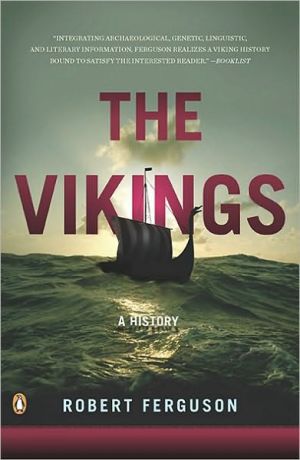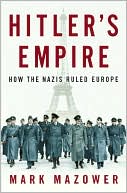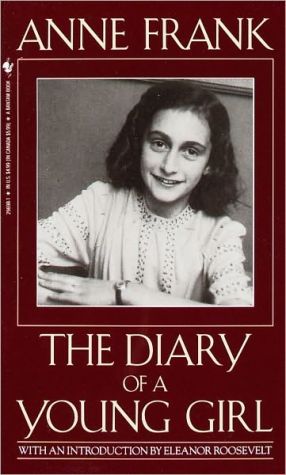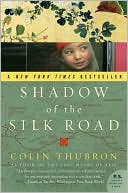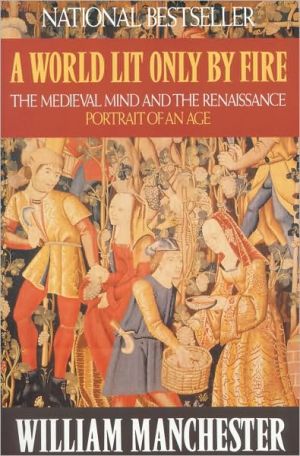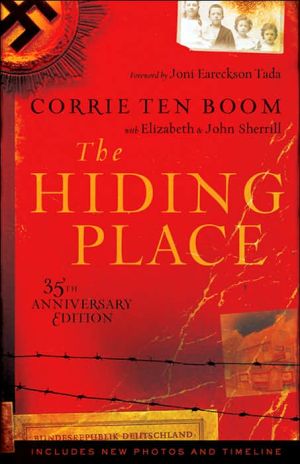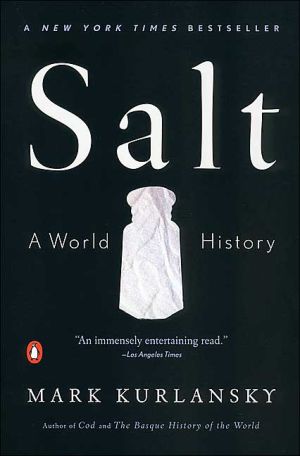The Vikings: A History
The Viking Age effectively began in 793 with an attack on the monastery at Lindisfarne. "The church of St. Cuthbert is spattered with the blood of the priests of God," fumed the Northumbrian cleric Alcuin. Adventurers who roamed from Constantinople to the new world, conquerors of England, settlers of Russia, the medieval Scandinavians never lose their capacity to fascinate. As the Vikings roamed, their influence spread, from their ingeniously designed longboats to their stormy pantheon of...
Search in google:
A fascinating history of the Viking age and its complex culture and influenceThe emergence of the Viking age at the end of the eighth century ushered in a new era in the history of Europe, one in which the paganism of the conquering tribes of Norway, Sweden, and Denmark was swept aside by the Christian values of those they defeated. With the technological genius of their longships and their vigorous spirit, the Vikings ranged widely through Europe, introducing their distinct culture along with their much-vaunted maritime prowess.In this definitive history, Robert Ferguson presents the extraordinary story of the Nordic warriors and explorers who have long held our imagination. He sets the Viking age (c. 790-1100) within the context of European history and illuminates how this era of plunder and trade ultimately enhanced the development of political and cultural ideas in both Scandinavia and post-Roman Western Europe.Drawing on the latest research, The Vikings at once acknowledges the terrible violence of conquest while expanding our view of the humane depth of Nordic accomplishments in the arts, commerce, government, and far-flung exploration from Constantinople to the New World. Library Journal Ferguson (Enigma: The Life of Knut Hamsun; Henrik Ibsen: A New Biography) offers a comprehensive overview of the Viking age, covering mythology and tradition alongside the many bloody forays Viking warriors made into Europe and the North Atlantic between roughly 790 and 1100 C.E. Although Ferguson often notes how incomplete the source material is, he tells a full and lively story and is transparent about where records or interpretations diverge. The narrative occasionally threatens to get bogged down in a confusion of Olafs, Olavs, and Olofs, but Ferguson keeps the pace up with numerous fascinating tidbits. He describes Viking words still used in modern English, the Viking origins of major British cities, and the dark rituals the community hung onto as Christianity crept into Denmark, Scandinavia, and Iceland, eventually bringing the population into a more peaceful modernity. VERDICT Ferguson has produced a readable and accessible book that will serve as a solid introduction to Viking history, even for those with no previous knowledge of the subject.—Elizabeth Goldman, Kingston Frontenac P.L., Ont.\\
List of IllustrationsList of MapsIntroduction 11 The Oseberg Ship 92 The culture of northern Heathendom 203 The causes of the Viking Age 414 'The devastation of all the islands of Britain by the Heathens' 585 The Vikings in the Carolingian empire 836 Across the Baltic 1087 The Danelaw I: Occupation 1328 The settlement of Iceland 1549 Rollo and the Norman colony 17410 The master-builder: Harald Bluetooth and the Jelling Stone 19611 The Danelaw II: Assimilation 21612 When Allah met Odin 24513 A piece of horse's liver: The pragmatic Christianity of Hakon The Good 26314 Greenland and North America 28015 Ragnarok in Iceland 29816 St Brice, St Alphege and the Wolf: The fall of Anglo-Saxon England 32517 The Viking saint 34818 Heathendom's last bastion 364Notes 383Index 421
\ Library JournalFerguson (Enigma: The Life of Knut Hamsun; Henrik Ibsen: A New Biography) offers a comprehensive overview of the Viking age, covering mythology and tradition alongside the many bloody forays Viking warriors made into Europe and the North Atlantic between roughly 790 and 1100 C.E. Although Ferguson often notes how incomplete the source material is, he tells a full and lively story and is transparent about where records or interpretations diverge. The narrative occasionally threatens to get bogged down in a confusion of Olafs, Olavs, and Olofs, but Ferguson keeps the pace up with numerous fascinating tidbits. He describes Viking words still used in modern English, the Viking origins of major British cities, and the dark rituals the community hung onto as Christianity crept into Denmark, Scandinavia, and Iceland, eventually bringing the population into a more peaceful modernity. VERDICT Ferguson has produced a readable and accessible book that will serve as a solid introduction to Viking history, even for those with no previous knowledge of the subject.—Elizabeth Goldman, Kingston Frontenac P.L., Ont.\\\ \ \ \ \ Kirkus ReviewsScandinavian studies scholar Ferguson puts the violence back in the Viking Age in his knotty, dense, intriguing look at these restless voyagers and conquerors. The so-called Viking Age-roughly between 793 CE, with the raid on the island of Lindisfarne, and 1066, with the Battle of Hastings-got under way when the sea-faring Norsemen began their marauding infiltrations of the British Isles and the European continent, venturing as far as Muslim Spain and Constantinople. The motivation for their movement south is sometimes attributed to the overpopulation and scant resources of their Scandinavian homelands, but Ferguson debunks this idea, advancing the case of holy war in retaliation for the slaughter of Saxons by the crusading Christians under Charlemagne. These pagan seaborne raiders were violent, terrifying and merciless, and Ferguson traces their plundering devastation across a vast swath of territory: the Shetland and Orkney islands, where they wiped out the native Picts; Ireland and England, where they established strongholds; Normandy, where the Carolingian rulers appeased them by offering land and fortunes and their leader Rollo eventually converted; across the Baltic into Slavic lands; Seville and the Iberian peninsula; and Iceland and Greenland, with brief treks to Newfoundland. Ferguson notes how the study of place-names reveals the extent to which the Vikings seized control. He looks at Viking culture and pre-Christian beliefs, such as their rich cosmology and myths, skaldic verse, strong sense of communal responsibility, a view to an afterlife evident from burial ceremonies and an ingrained employment of law-the Danelaw. The author also examines King Harald Bluetooth's monumentto his conversion, the pyramidal rune-stone in Jelling, Denmark. Ferguson's scholarly study requires close attention, but the intellectual rewards are plentiful. Provides a significant deepening of our knowledge of the Vikings.\ \ \ From the Publisher"Integrating archaeological, genetic, linguistic, and literary information, Ferguson realizes a Viking history bound to satisfy." —-Booklist\ \
